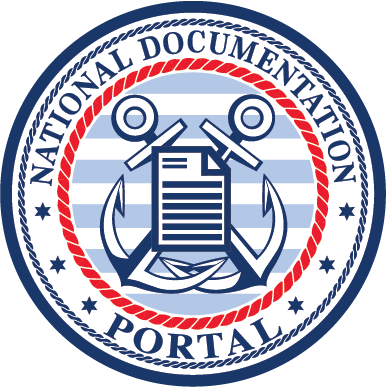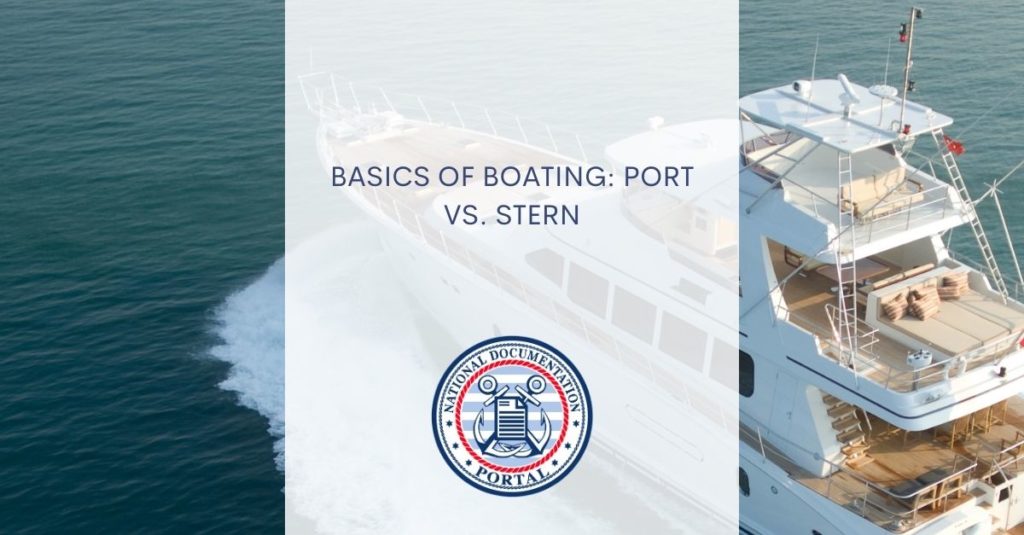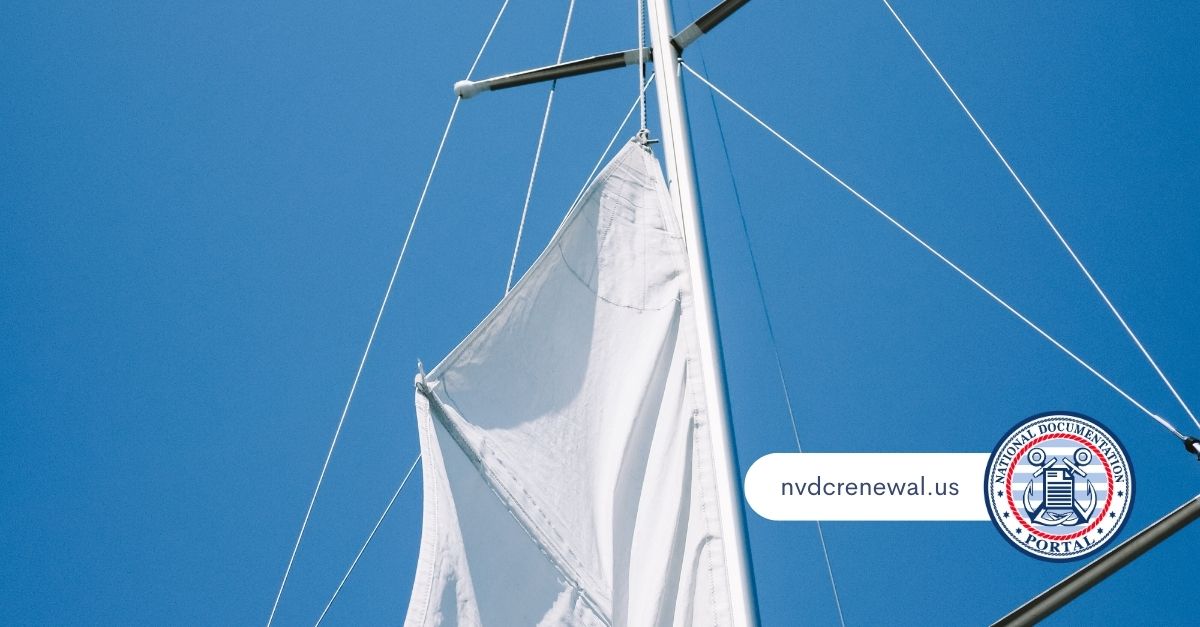You’ve heard the phrases “port” and “stern,” but do you know where they come from? We designed our National Documentation Portal to provide the kinds of documentation that vessel owners need for the course of owning their vessels, yes, but we also designed our site to serve as a resource. Specifically, it’s a resource that vessel owners of all levels of experience can utilize. Below, we’ll touch on port vs. stern, why this is important, and how we can help.
Stern and Port Definitions:
The “stern” refers to the rear or aft part of a vessel. It is the opposite end of the bow (front) and plays a significant role in steering, propulsion, and stability. On many boats, the stern is where the engine, rudder, and other important control mechanisms are located. On the other hand, “port” is a term used to describe the left-hand side of a vessel when facing forward (toward the bow). It is essential for communication and navigation, particularly when interacting with other boats, ports, or marine traffic.
Basic Rules of the Water
There are plenty of reasons that vessel owners should know the difference between port and stern. Obviously, knowing the location and function of the stern and port helps boat owners navigate their vessels safely. Steering and maneuvering depend on proper control of the stern, while communicating with other vessels or port authorities requires understanding the port side for signaling and interaction. Additionally, awareness of the stern and port ensures safe boating practices, reducing the risk of collisions. Clear communication and adherence to navigation rules are essential when passing other boats, and understanding the port side aids in maintaining a safe distance.
Where Does Stern Come From?
There is some debate as to what the original terms mean. For example, “stern” may come from the Old English word “stieran”, meaning “steer.” The stern historically referred to the location of the steering oar or rudder, which controlled the vessel’s direction. In ancient times, ships were steered using a single oar mounted on the right side of the stern, giving rise to the term “starboard” (which is opposite of port).
Does “Port” Just Mean “Where the Boat is Docked?”
By that same token, the term “port” has its origins in the nautical practice of docking ships. In the past, ships often moored on their left side to protect the steering oar located at the right side of the stern. The left side became known as “larboard.” However, confusion arose between “larboard” and “starboard” due to their similar sounds. To avoid confusion, “larboard” was eventually replaced with “port” in the 19th century, as it referred to the side of the vessel facing the port (harbor).
A Vessel Documentation Site That Can Help
For vessel owners of any level of experience, brushing up on the basics enables safe navigation, compliance with regulations, and efficient communication while appreciating the historical significance associated with these nautical terms. At our site, we provide everything you need to be able to use your vessel how you want in compliance with the USCG. To see everything we offer, click here.


